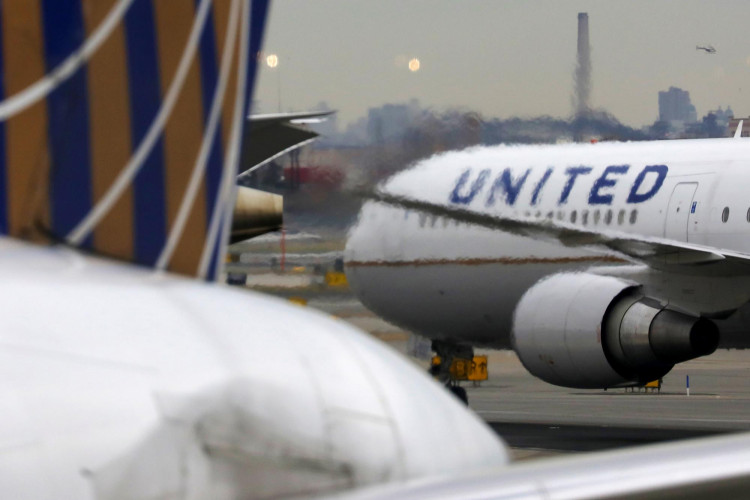United Airlines Holdings Inc. announced Friday a landmark agreement with SpaceX's Starlink to provide free, high-speed inflight Wi-Fi across its entire fleet of more than 1,000 aircraft. The move marks the largest inflight internet deal to date for Starlink and positions United as a frontrunner in offering seamless connectivity to passengers worldwide.
"Everything you can do on the ground, you'll soon be able to do onboard a United plane at 35,000 feet, just about anywhere in the world," said Scott Kirby, United's Chief Executive Officer. The airline plans to begin testing the service in early 2025, with the first passenger flights equipped with Starlink expected later that year.
United's decision comes amid a broader industry push to enhance inflight connectivity, especially to attract business travelers and premium customers. Delta Air Lines Inc. earlier this year began offering free onboard internet to members of its SkyMiles loyalty program. Hawaiian Airlines and JetBlue Airways Corp. also provide complimentary Wi-Fi, with Hawaiian having a previous agreement with Starlink.
Currently, United offers inflight internet through a mix of providers, including ViaSat Inc. and Panasonic Avionics Corp., charging loyalty program members $8 and other passengers $10 on domestic and short-haul international flights. The new partnership with Starlink aims to eliminate these fees while significantly boosting internet speed and reliability.
"Passengers can expect an experience similar to-or better than-their home internet services," said Jonathan Hofeller, SpaceX's Vice President of Starlink Commercial Sales. Starlink claims it can offer speeds of up to 220 megabits per second per aircraft, enabling activities like streaming, online gaming, and video conferencing without interruption.
United praised Starlink's global coverage, highlighting its ability to provide "internet access around the world, including over oceans, polar regions, and other remote locations previously unreachable by traditional cell or Wi-Fi signals." This capability is particularly significant for United, which operates extensive international routes over the Atlantic and Pacific oceans.
The Wall Street Journal recently reported that Starlink's inflight service achieved speeds exceeding 100 Mbps with latency under 100 milliseconds during test flights, a substantial improvement over existing inflight Wi-Fi options. Such performance could transform the passenger experience, allowing for seamless streaming and real-time online interactions.
The agreement also reflects the rapid expansion of Starlink's network. Since its debut in 2020, SpaceX has launched approximately 6,000 Starlink satellites, connecting over 3 million customers in 100 countries. "Our mission is to make connectivity accessible and convenient for everyone," Mr. Hofeller added.
However, the deal arrives as regulators express concerns about SpaceX's growing dominance in satellite communications. Jessica Rosenworcel, Chair of the Federal Communications Commission, noted this week that SpaceX controls "almost two-thirds of the satellites that are in space right now." She emphasized the need for increased competition, stating, "Our economy doesn't benefit from monopolies. We've got to invite many more space actors in."
United's partnership with Starlink is expected to put pressure on rival carriers to enhance their own connectivity offerings. While JSX and Hawaiian Airlines are currently the only U.S. airlines providing Starlink's service, international carriers like WestJet Airlines Ltd., Qatar Airways, and Air New Zealand Ltd. have announced plans to install Starlink Wi-Fi on their fleets.
The integration of Starlink's service aligns with United's broader strategy to invest in technologies that improve customer experience. "This is a game-changer for our passengers," Mr. Kirby said. "Reliable, free inflight Wi-Fi is no longer a luxury-it's an essential amenity that our customers expect."
In addition to enhancing passenger experience, the partnership could have implications for other industries exploring satellite connectivity. T-Mobile US Inc. recently tested an emergency alert via Starlink satellite, part of a collaboration announced in 2022 to enable texting and calls through satellites. Competitors like AT&T Inc. and Verizon Communications Inc. are developing similar satellite-to-smartphone services.
As United embarks on this multi-year rollout, the airline industry watches closely. The promise of ubiquitous, high-speed connectivity at 35,000 feet could redefine air travel. "We're not just improving Wi-Fi; we're changing the way people think about flying," Mr. Kirby remarked.






